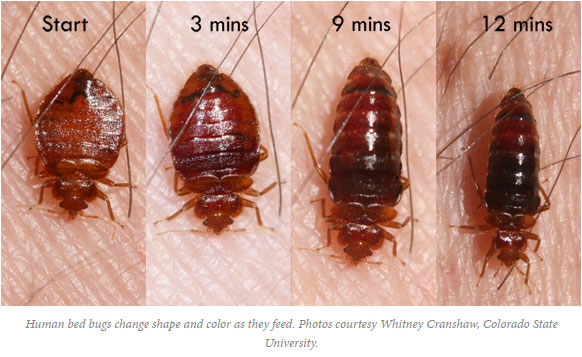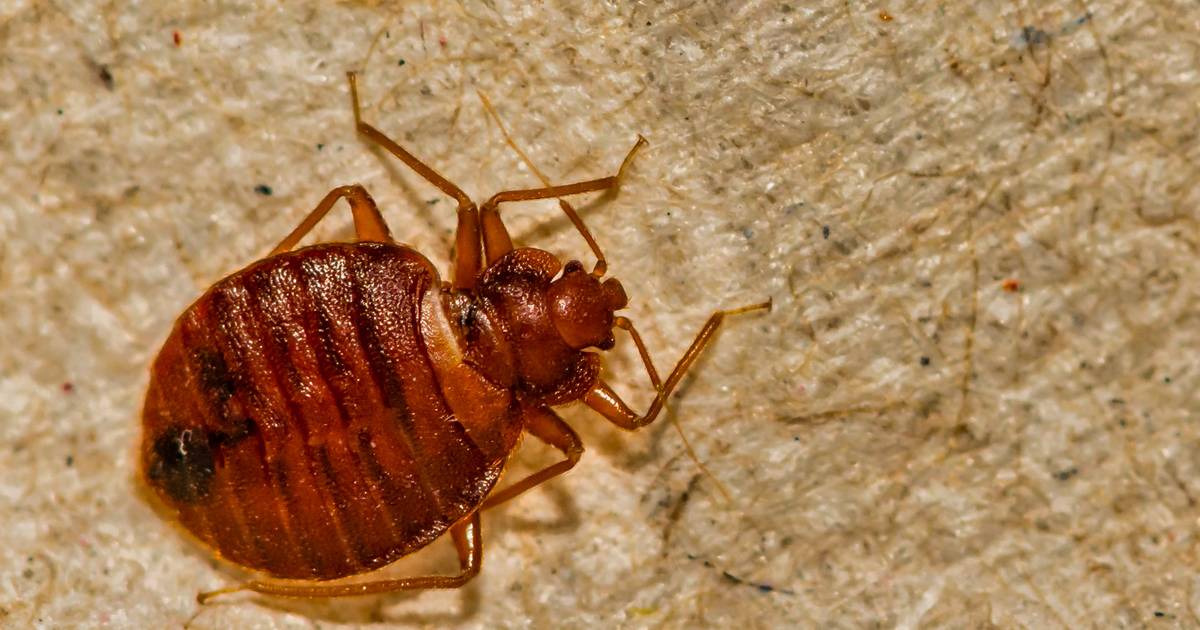How to Identify Bed Bug Bites and Prevent Future Infestations
How to Identify Bed Bug Bites and Prevent Future Infestations
Blog Article
Obtain Enlightened Concerning the Kinds of Bug Control Techniques and Their Benefits for Property Owners
Understanding the different pest control techniques available to house owners is important for reliable insect monitoring. Homeowners that are well-informed can make calculated choices that not only address bug issues however additionally enhance the general quality of their living atmosphere.
Chemical Parasite Control Methods
Chemical bug control methods are an important component of integrated bug monitoring strategies for house owners looking for effective services to pest invasions. These approaches involve the application of chemical compounds made to eliminate or discourage bugs that intimidate individual home, wellness, and convenience. Common chemicals used include insecticides, herbicides, rodenticides, and fungicides, each tailored to target particular insects.
The main benefit of chemical bug control is its quick performance; several formulations provide immediate results, reducing pest populaces significantly quickly. Additionally, developments in chemical solutions have actually caused items that are a lot more eco-friendly and have lower toxicity degrees for non-target microorganisms when used appropriately.

Organic Insect Control Techniques
All-natural parasite control approaches have actually gained importance as property owners seek more secure and much more lasting choices to standard chemical methods. Organic parasite control strategies use natural predators, bloodsuckers, or virus to manage parasite populaces successfully. This technique is not only eco-friendly but additionally reduces the danger of injury to non-target varieties, consisting of beneficial pests and wildlife.
One of one of the most usual organic control methods involves presenting natural killers into the setting. For instance, ladybugs can be used to control aphid populations, while nematodes target soil-dwelling bugs like grubs. Furthermore, parasitoids-- microorganisms that live on or within a host-- can be employed to regulate particular parasite types by laying eggs inside them, inevitably leading to their demise.
Another method is the use of biopesticides, which are stemmed from all-natural products such as minerals, germs, or plants (bed bug exterminator). These products can effectively target parasites while presenting minimal risk to family pets and humans. In general, organic pest control techniques offer property owners with an effective ways of parasite management that lines up with environmental principles, advertising a healthier living environment while reducing dependence on artificial chemicals
Mechanical Insect Control Approaches
Mechanical pest control strategies encompass a selection of approaches that physically avoid or eliminate pests without using chemicals. These methods are especially valuable for home owners seeking environmentally pleasant choices while ensuring the security of their living spaces.
One common method is using barriers, such as traps, nets, and displays, which avoid bugs from entering homes or specific locations. For circumstances, setting up home window displays can effectively keep insects out, while using physical obstacles around yards can deter bigger insects like bunnies or deer. Additionally, mechanical traps created for rats can capture and remove these bugs without the requirement check over here for hazardous compounds.
Another efficient technique entails the use of mops and vacuum cleaners to remove insects directly from surface areas. Routine cleansing and upkeep can considerably minimize pest populations by eliminating food resources and concealing areas. Additionally, using gadgets like ultrasonic bug repellents can hinder different parasites through acoustic wave that are unpleasant to them however inaudible to humans.
Social Pest Control Practices
Social pest control techniques concentrate on modifying the atmosphere and monitoring methods to develop conditions that are less for pest invasions. These techniques are essential in keeping a well balanced ecosystem and lowering the dependence on chemical interventions. By changing farming practices, homeowners can successfully deter insects while advertising plant health and wellness.
One usual strategy consists of crop rotation, which interrupts the life process of parasites by changing the kinds of plants grown in a particular location (bed bug exterminator). This not just reduces pest populaces however additionally improves soil health. Additionally, intercropping-- growing varied plants in distance-- can confuse insects and reduce their capability to situate their favored host plants
Water administration is another essential element of social practices. Appropriate watering strategies can avoid standing water, which functions as a breeding ground for mosquitoes and various other pests. Preserving sanitation in and around the home, such as regularly eliminating particles and food waste, can considerably reduce bug attraction.
Including these social practices right into a comprehensive parasite management approach enables house owners to produce a setting that normally prevents pests, therefore boosting the effectiveness of various other control techniques while promoting lasting horticulture and landscaping.

Integrated Parasite Monitoring Approaches
Integrated Pest Management (IPM) represents an alternative approach that combines different approaches to effectively take care of pest populaces while minimizing ecological influence. This technique integrates organic, cultural, physical, and chemical techniques to achieve lasting bug control. By examining pest populations and their natural opponents, IPM highlights tracking and recognizing bugs before carrying out control steps.
Among the core principles of IPM is using limits, which develop the degree of bug description task that calls for treatment. This guarantees that therapies are applied just when essential, minimizing the dependence on chemical pesticides. Biological control approaches, such as introducing natural killers or parasites, job in combination with cultural methods like plant rotation and habitat adjustment to disrupt pest life process.
Furthermore, IPM motivates making use of least-toxic chemical options when intervention is needed, focusing on products that present marginal risk to non-target organisms and the atmosphere. For homeowners, adopting IPM comes close to not just enhances the efficacy of bug monitoring but likewise promotes a much healthier living setting, fostering biodiversity and decreasing chemical exposure. Eventually, IPM encourages home owners to make informed decisions that balance insect control with environmental duty.
Verdict
In final thought, comprehending the various insect control techniques equips homeowners to make enlightened decisions pertaining to pest administration. Each technique-- chemical, organic, mechanical, cultural, and incorporated parasite monitoring-- offers distinctive advantages that provide to different needs and choices.
Comprehending the different insect control techniques available to house owners is vital for efficient bug management.Chemical pest control techniques are an important part of incorporated insect administration strategies for house owners looking for reliable remedies to pest invasions. In general, biological termites in house treatment insect control strategies offer house owners with a reliable ways of bug monitoring that aligns with environmental concepts, advertising a healthier living setting while minimizing reliance on artificial chemicals.
Cultural pest control methods concentrate on changing the environment and administration strategies to produce conditions that are less favorable to pest invasions.In verdict, comprehending the numerous pest control techniques equips house owners to make informed choices pertaining to pest management.
Report this page